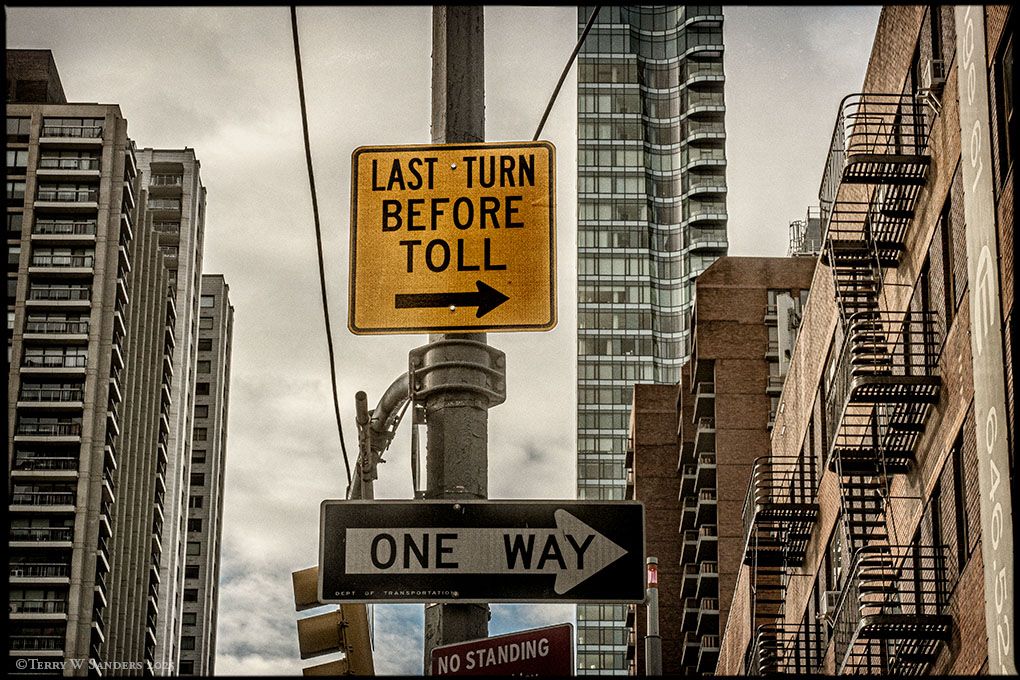New York City is the first major city in the United States to have a congestion pricing scheme, joining the ranks of other major cities like London, Singapore, and Milan. After a years-long process of negotiation and policy-making across the city, state, and federal governments, the program finally went into effect on January 5th of this year, and has since survived an assault from the Trump administration, which has threatened to cut funding for mass transit projects in the state over its implementation.
For now, the Metropolitan Transit Authority’s congestion relief program remains in effect, though its long-term future remains in doubt as the MTA and the federal government will go to court over the matter later this year. Some hay has been made over cases of mistaken charges, and some businesses have claimed that the scheme has harmed their prospects. Still, the MTA has touted better-than-expected revenues from the program and claims that 60,000 fewer vehicles are entering the zone every day, improving quality of life in a number of ways, from improved air quality to fewer noise complaints over honking horns in traffic.
Here’s everything you need to know, according to information provided by the MTA.
1. The toll is once per day
The congestion pricing zone encompasses all of the Southern part of Manhattan, ending at a Northern border that cuts East to West along 60th Street. So, if you’ve somehow taken a slalom route crossing above and below that line at midtown multiple times, fret not – you’ll only take on one charge for the calendar day on which you enter. Peak charges are from 5 a.m. to 9 p.m. on weekdays and 9 a.m. to 9 p.m. on weekends, with lower tolls in the overnight hours. The only way to get caught out is if you get charged one day and then move your vehicle after midnight, perhaps on a night club-hopping with Mayor Adams.
2. Prices are higher without the E-ZPass
New York’s automatic toll payment system is very widely adopted, with the MTA reporting between 75% and 90% of drivers using one depending on the bridge or tunnel taken to get into Manhattan. If you’re in that minority without one, congestion pricing is your reason to opt in. The peak-hour fee for passenger cars listed on the MTA’s toll information page is for E-ZPass users only. To get the bad news about what it costs without the electronic beacon in your car, you have to go to the toll calculator page, which will tell you that it’s $13.50 for peak hours and $3.30 overnight, compared to E-ZPass prices of $9.00 and $2.25 respectively. Vehicles with E-ZPass also get crossing credits that reduce the congestion fee when entering the zone from the Lincoln Tunnel, Holland Tunnel, Queens-Midtown Tunnel, and Hugh L. Carey Tunnel.
3. Highways can help, but sometimes you’ll have no choice.
One upside of the congestion pricing scheme is that the FDR Drive and West Side Highway, which run along the outer edge of Manhattan, are excluded from the toll. In an ideal world, this would mean that one could take a bridge or tunnel into Manhattan and get directly onto one of these highways, avoiding the toll to get to your destination north of the zone, or using the bridges/tunnels and highways to get across Manhattan from Long Island to New Jersey, or vice versa. In practice? Not so much. “In many cases, vehicles traveling from a crossing onto an excluded roadway must make the connection on city streets and will be tolled,” the MTA explains in the map they published showing where that’s the case. The only crossing where a vehicle can avoid a toll entering or leaving Manhattan in the congestion relief zone by sticking to the highway in all directions is the Hugh Carey Tunnel that connects to Brooklyn. Every other crossing into the Big Apple usually has tolls, sometimes with frustrating and capricious caveats, making the map an important resource. It’s already annoying to keep in mind that one can take the Brooklyn Bridge into Manhattan directly onto the northbound FDR with no tolls, but not the southbound. However, a worse fate awaits commuters on the Queensboro Bridge wanting to get northbound on the FDR, who have to make sure they get on the upper deck and not the lower deck to avoid the toll, an infuriating situation that has already made headlines.
4. Hikes on the horizon
The MTA plans to raise the fees in 2028, and again in 2031, bringing the toll for passenger cars up to the originally agreed-upon $15.











